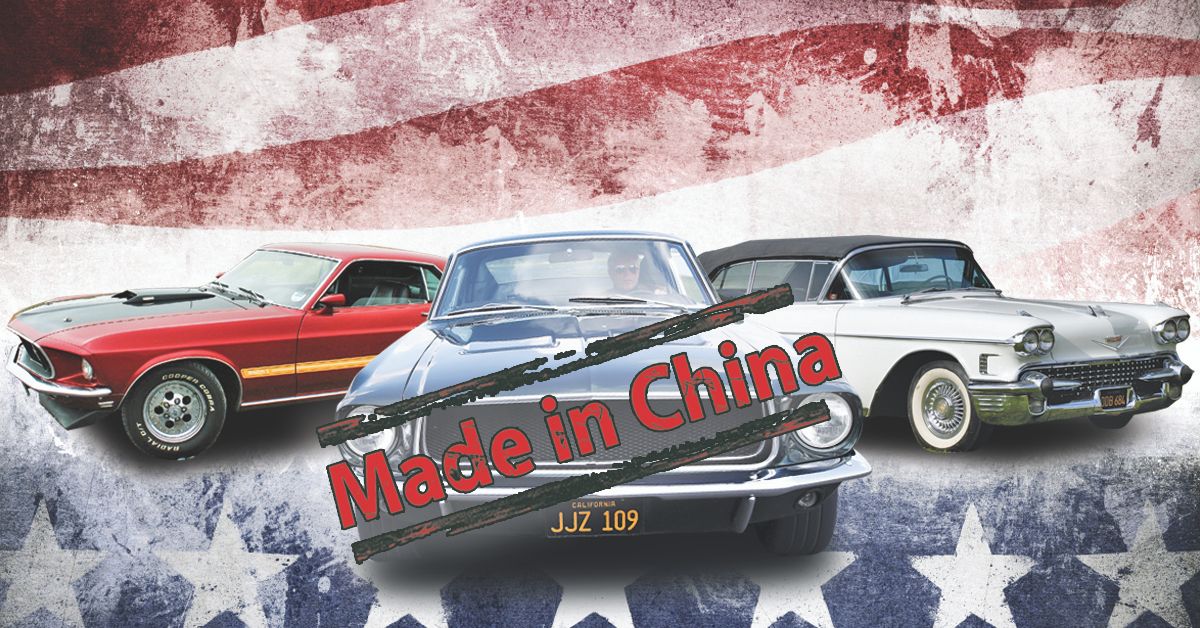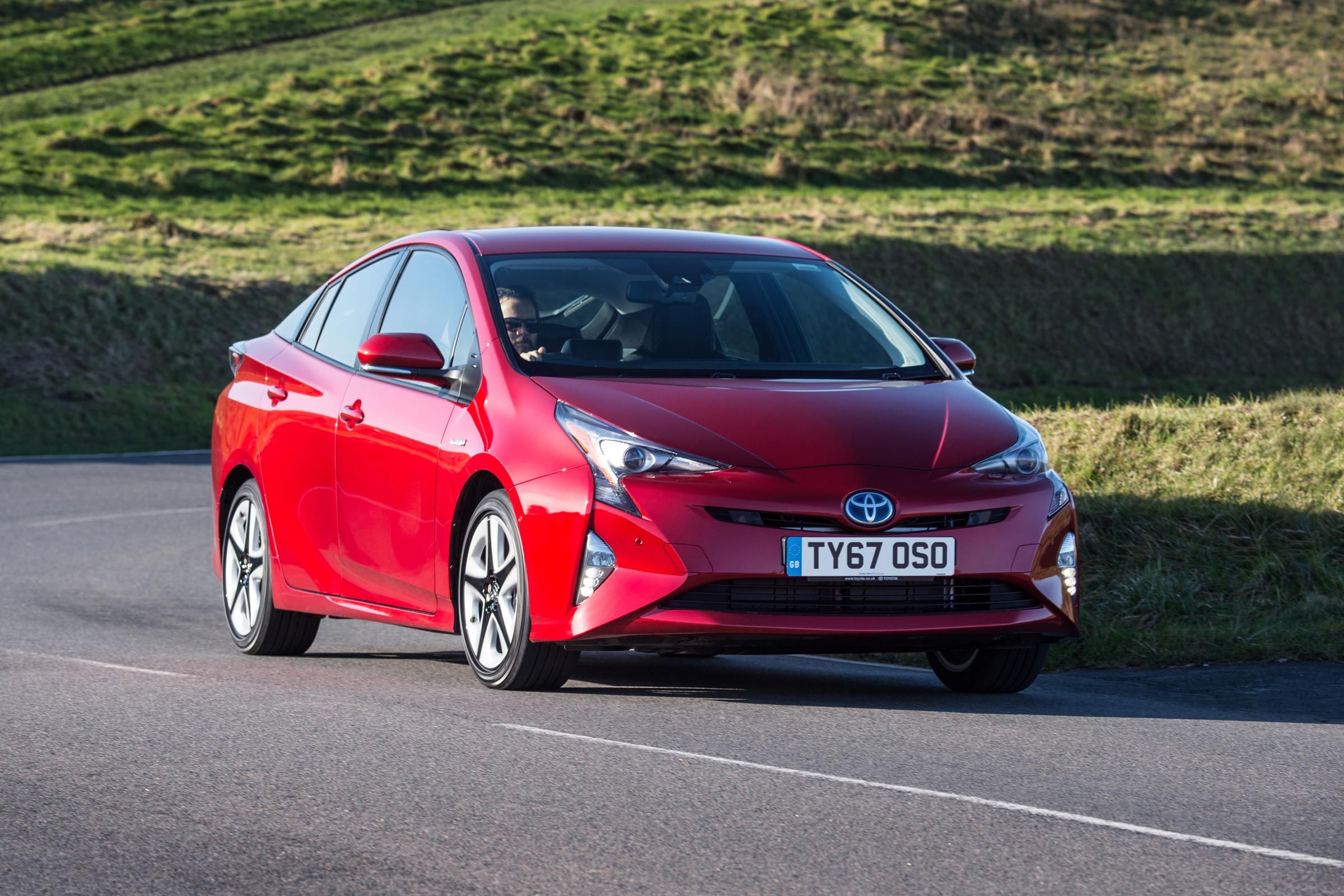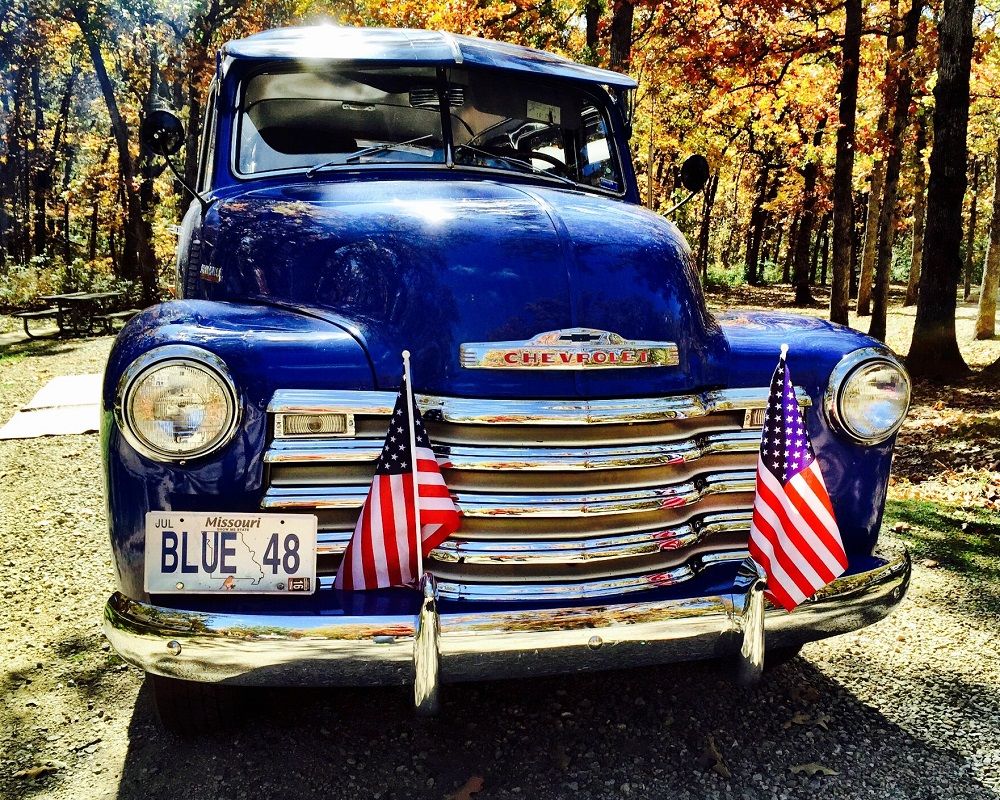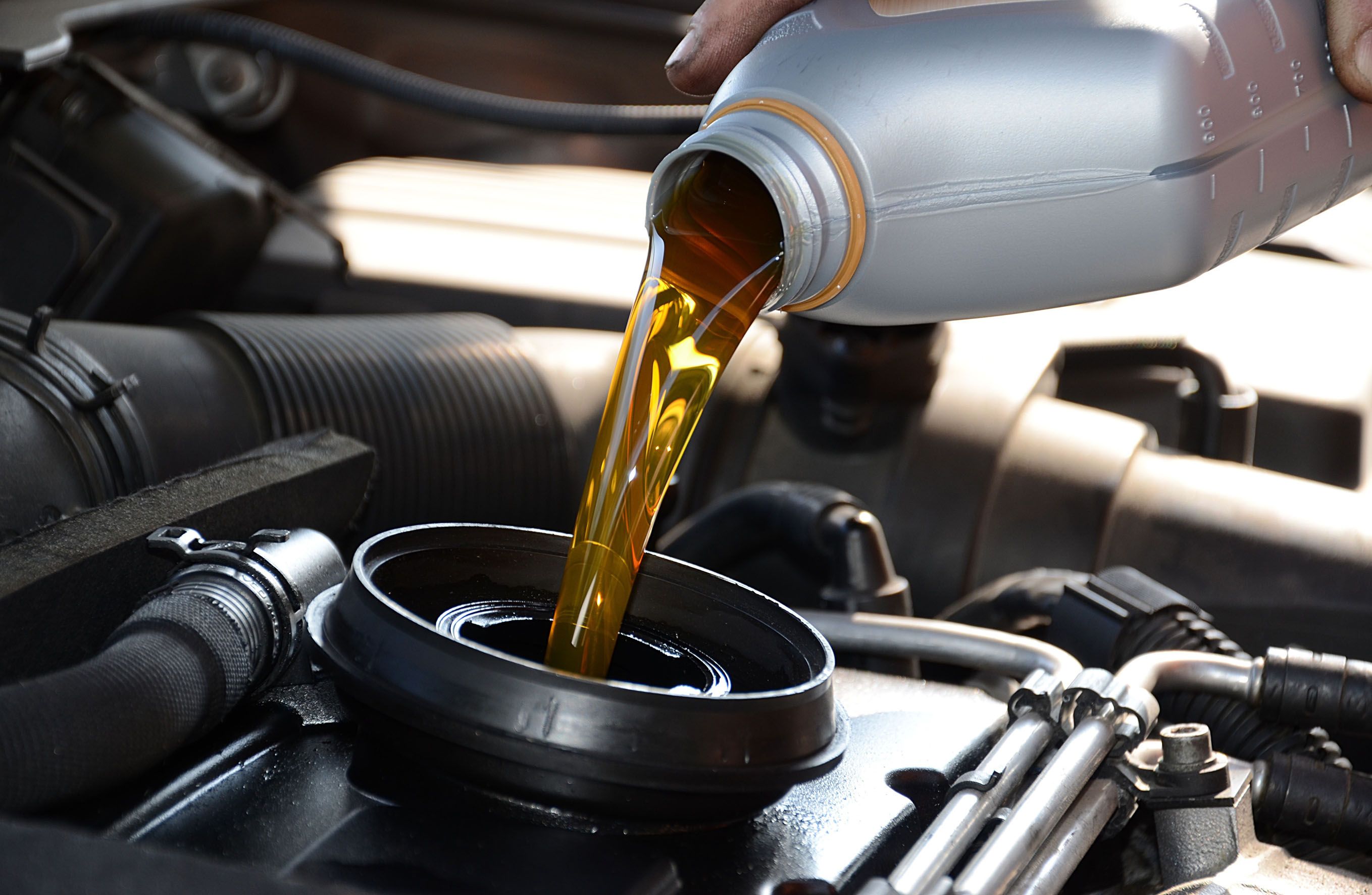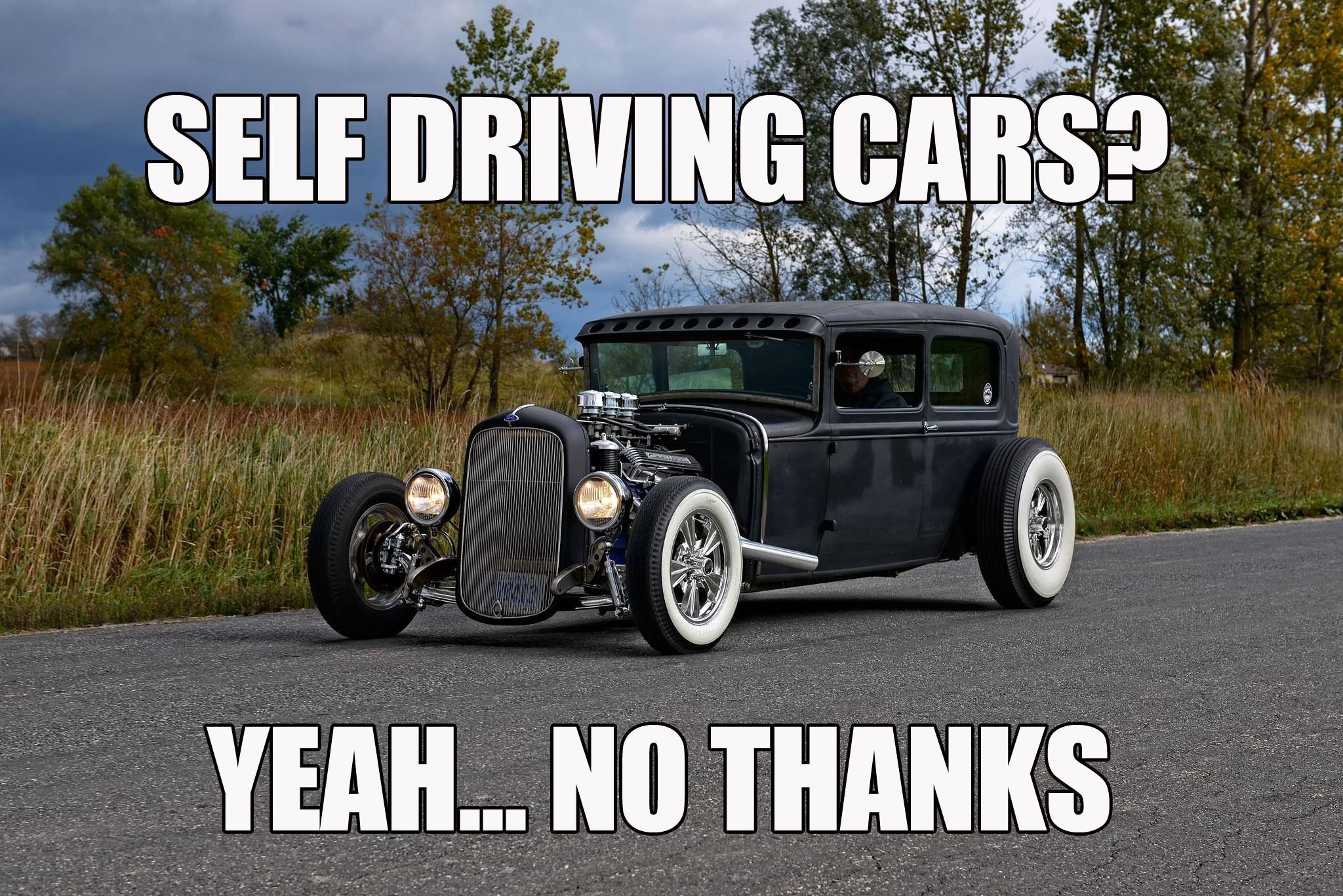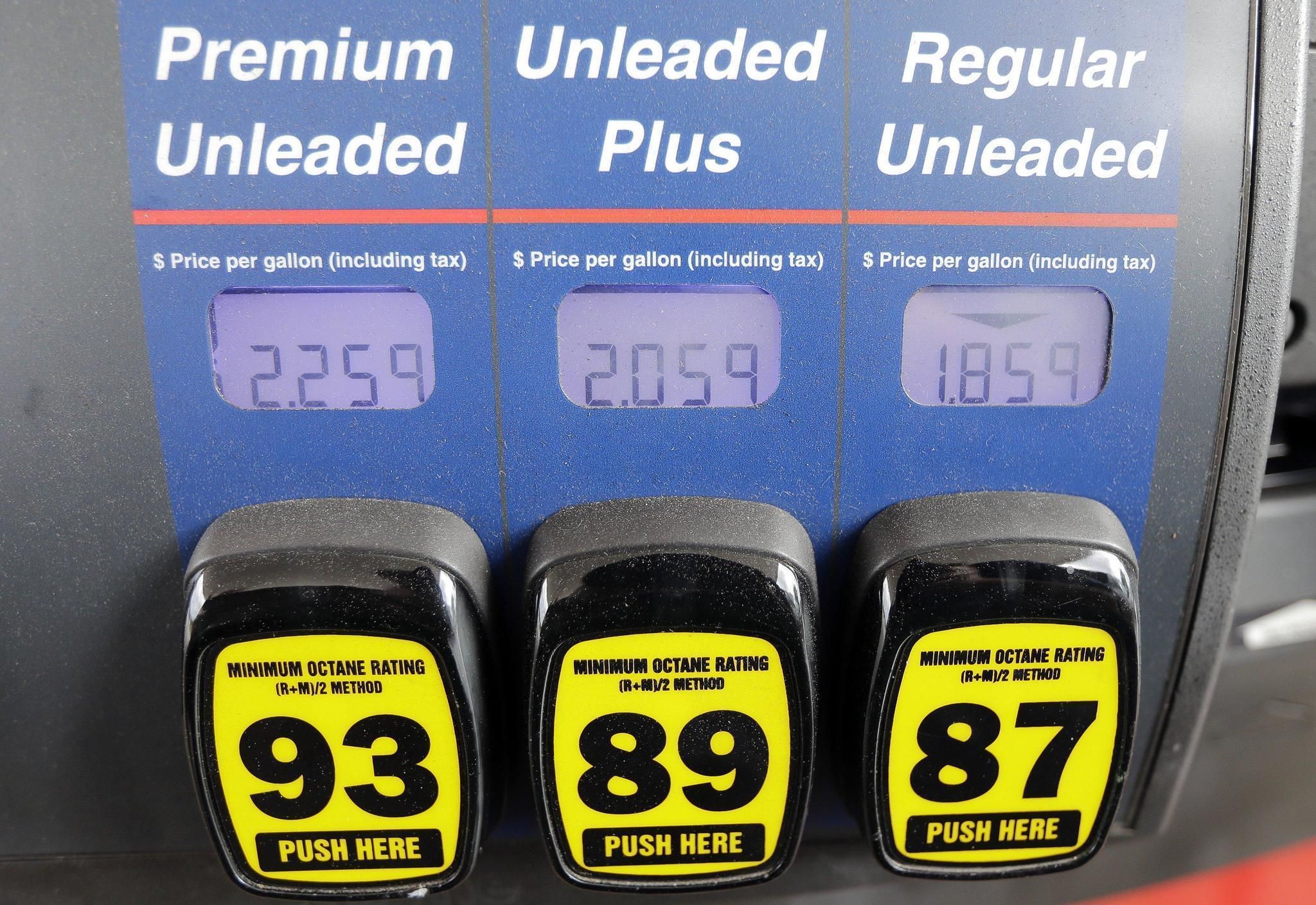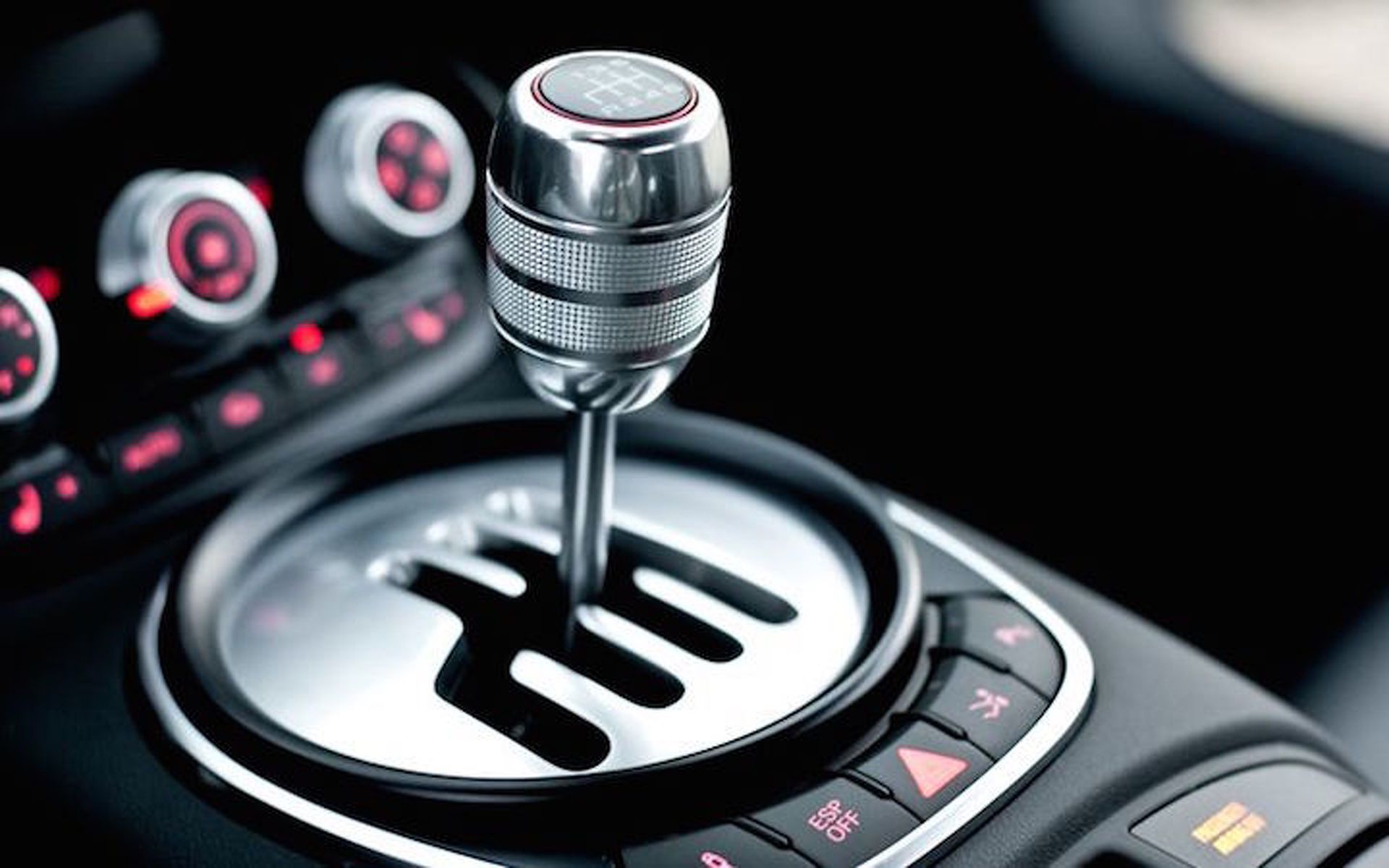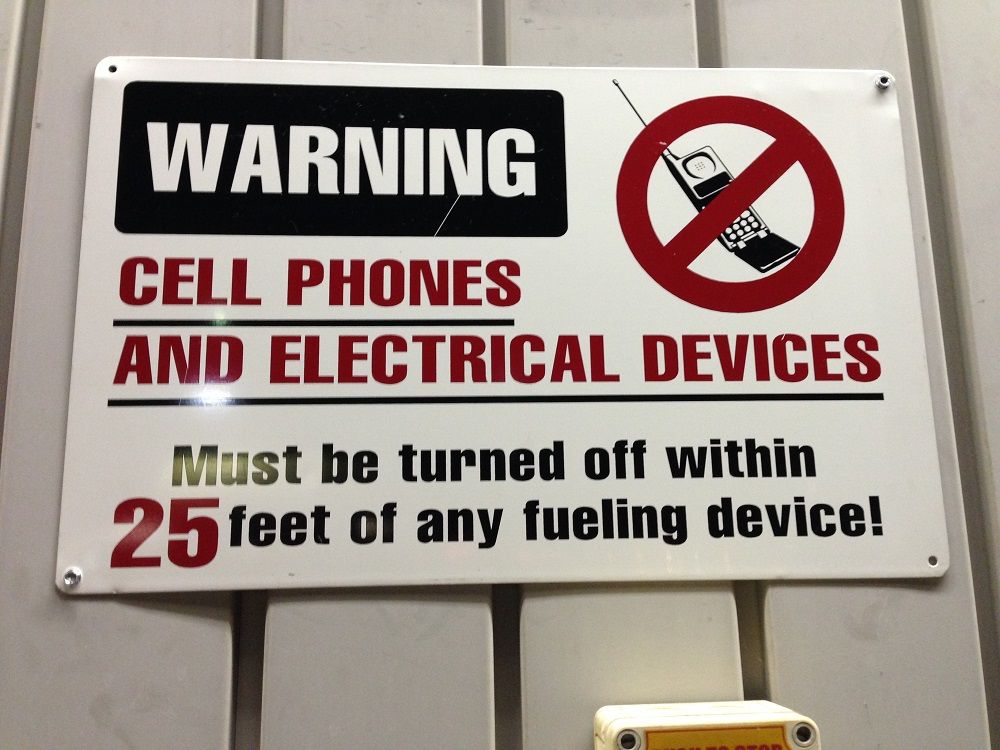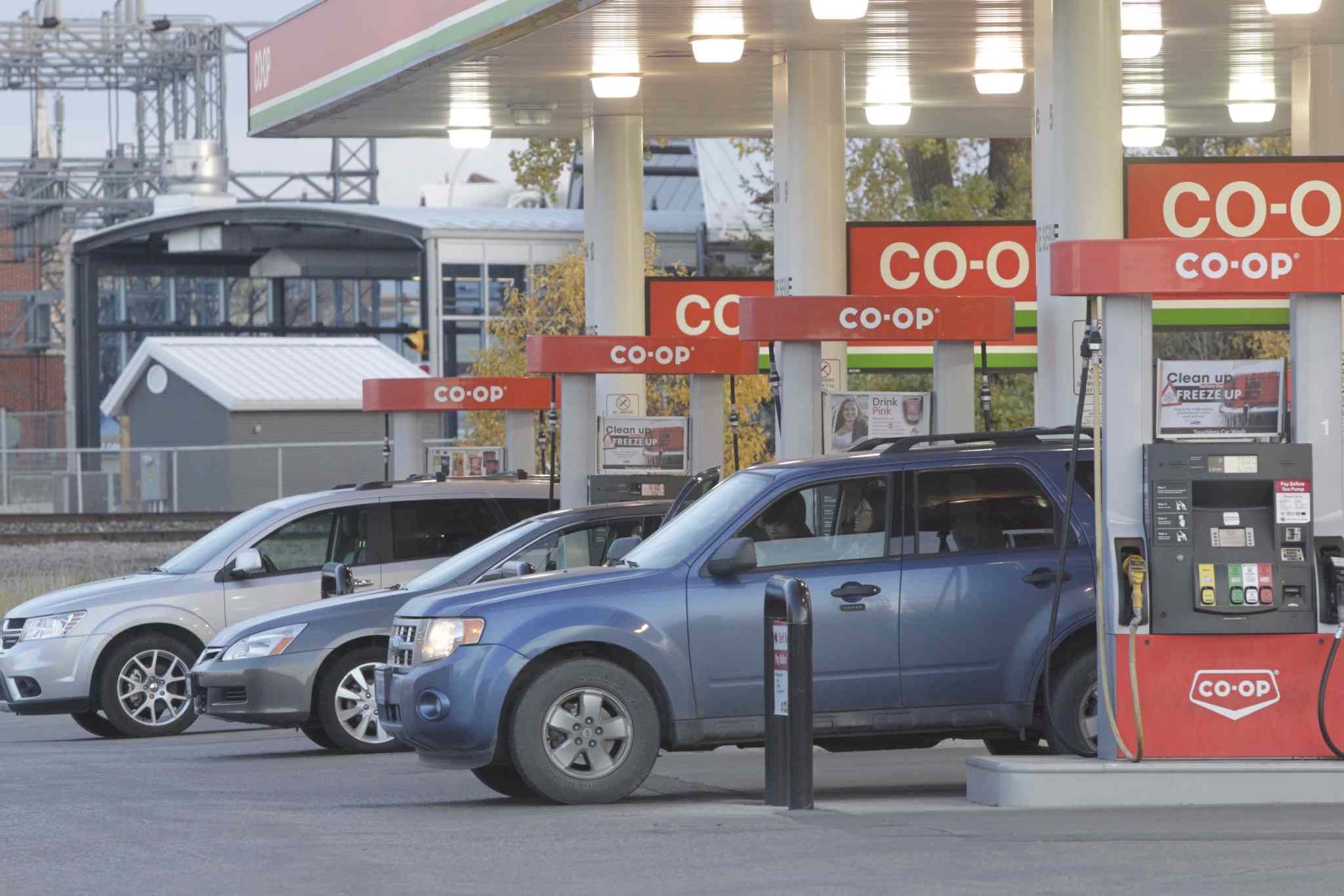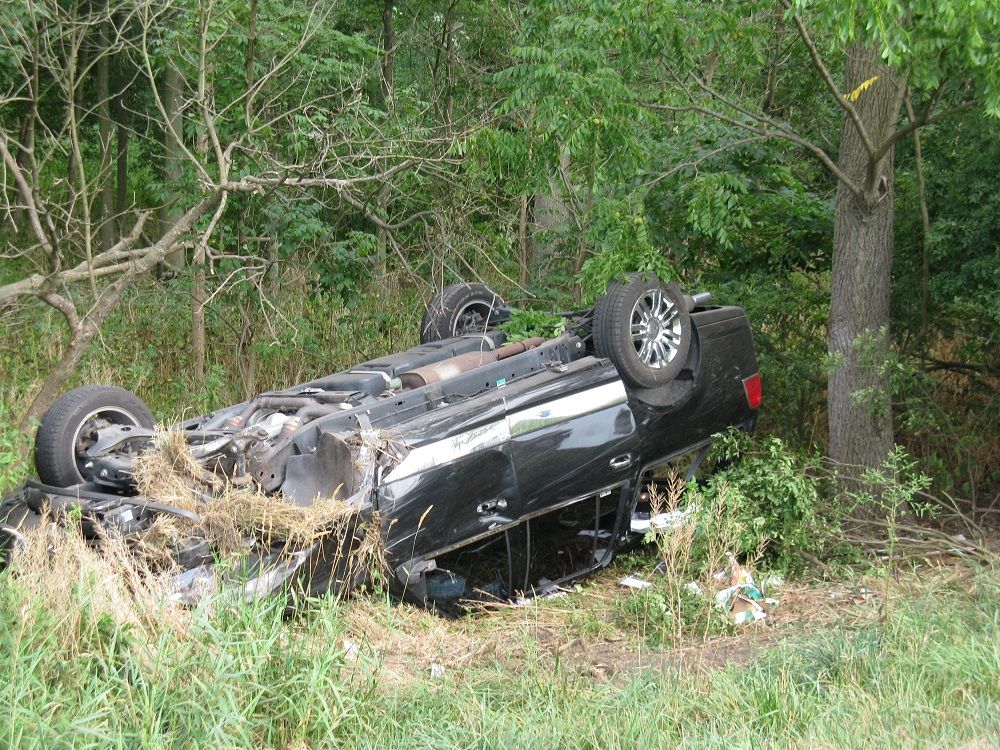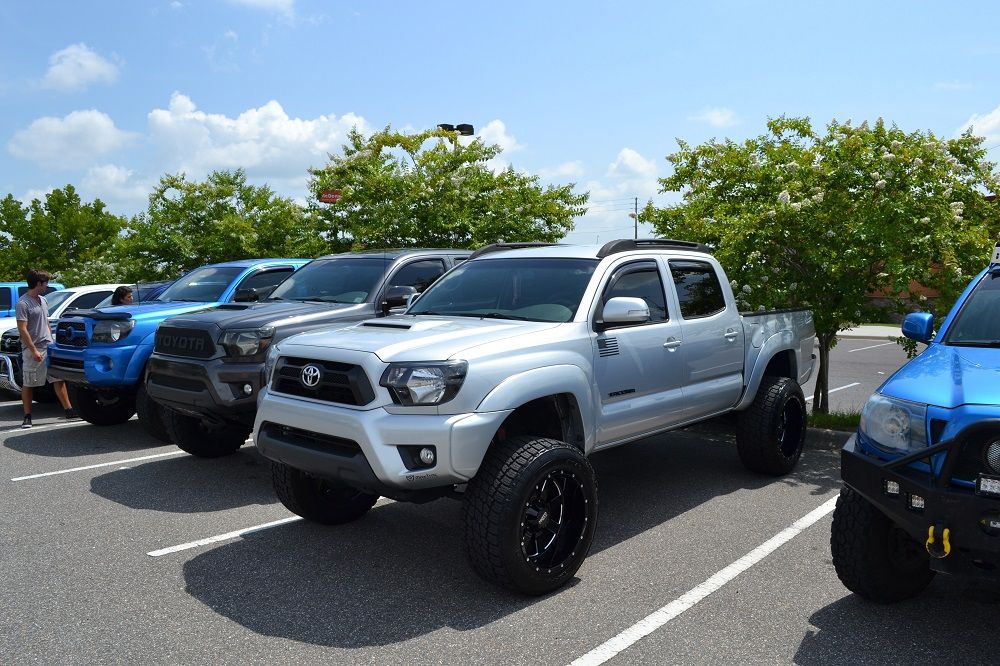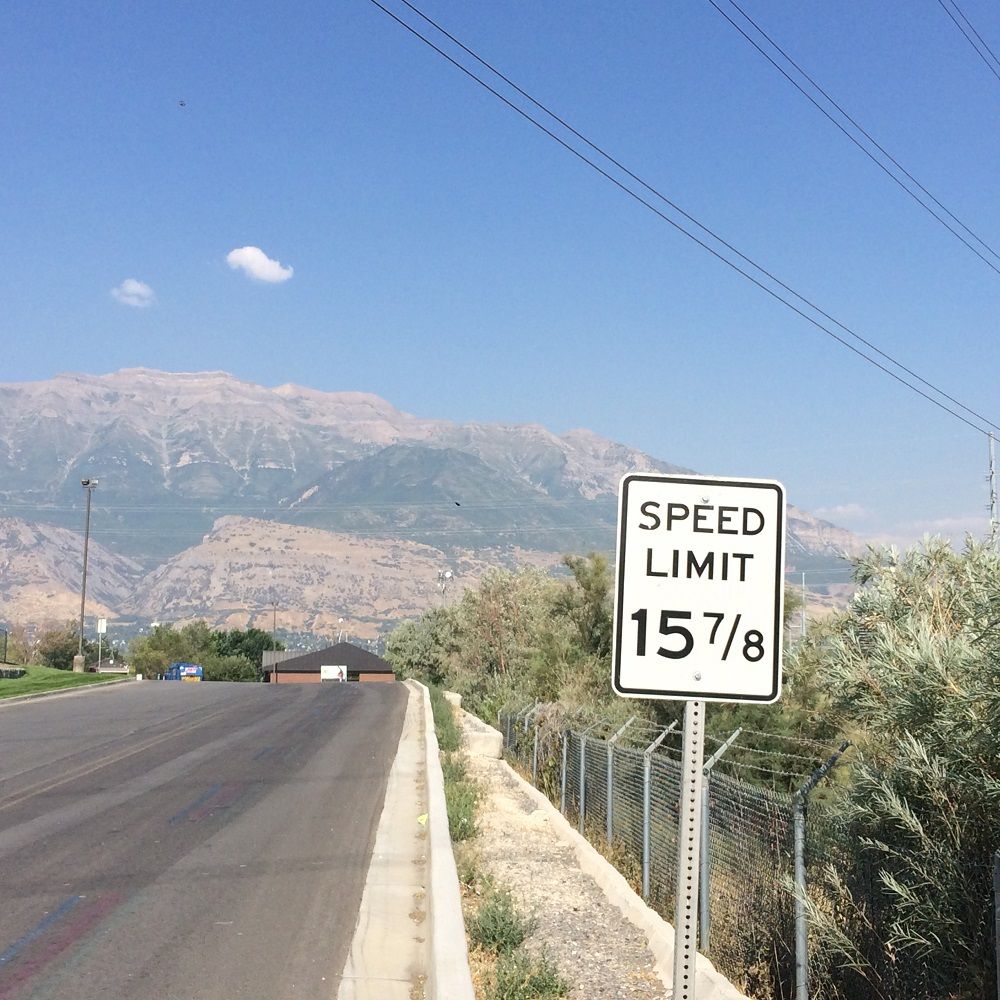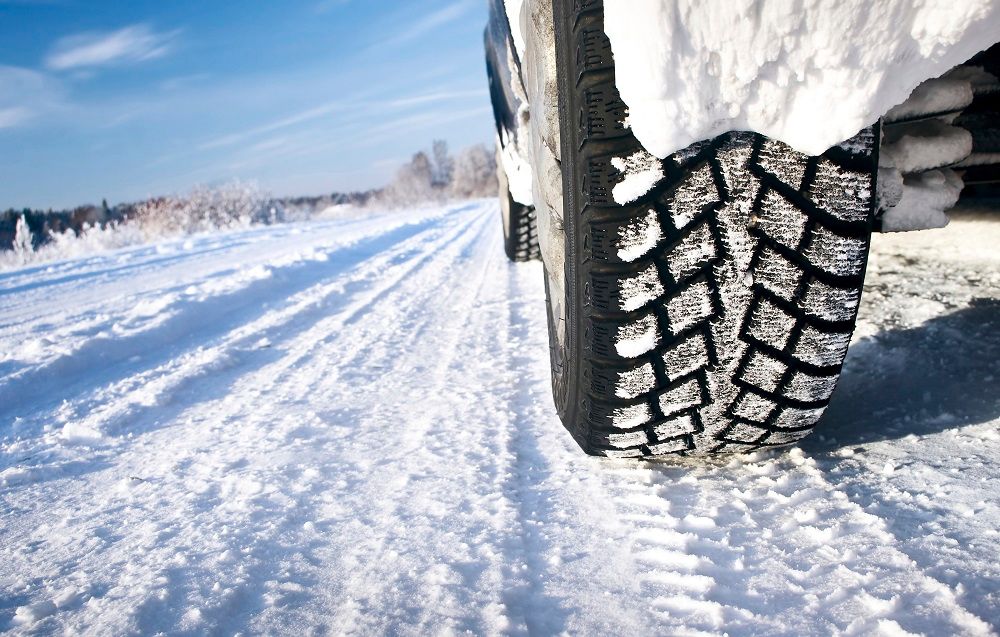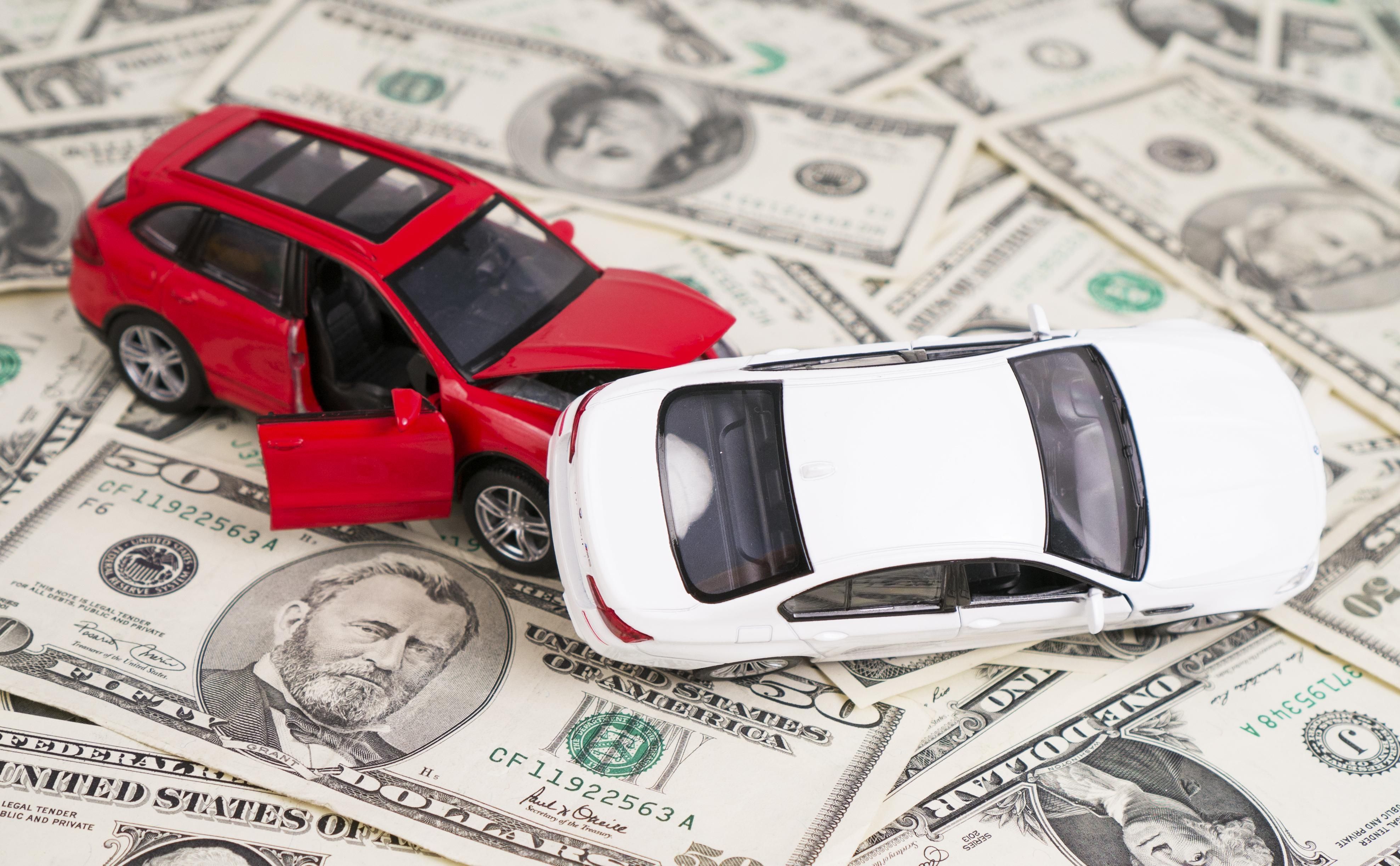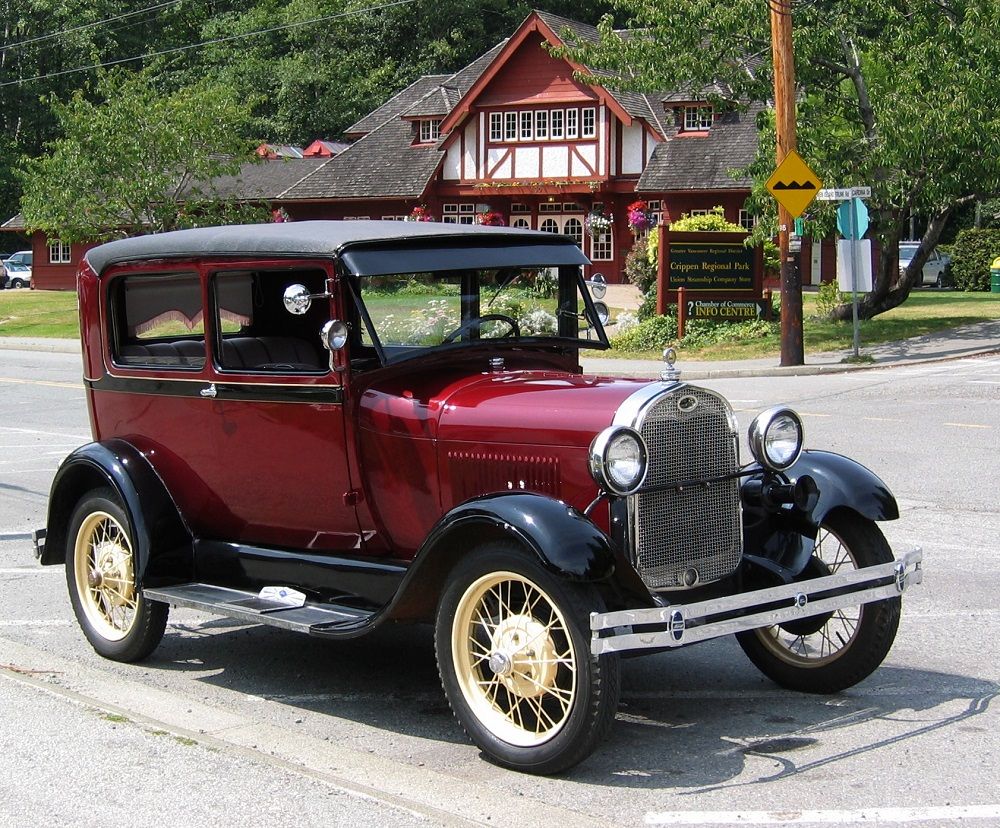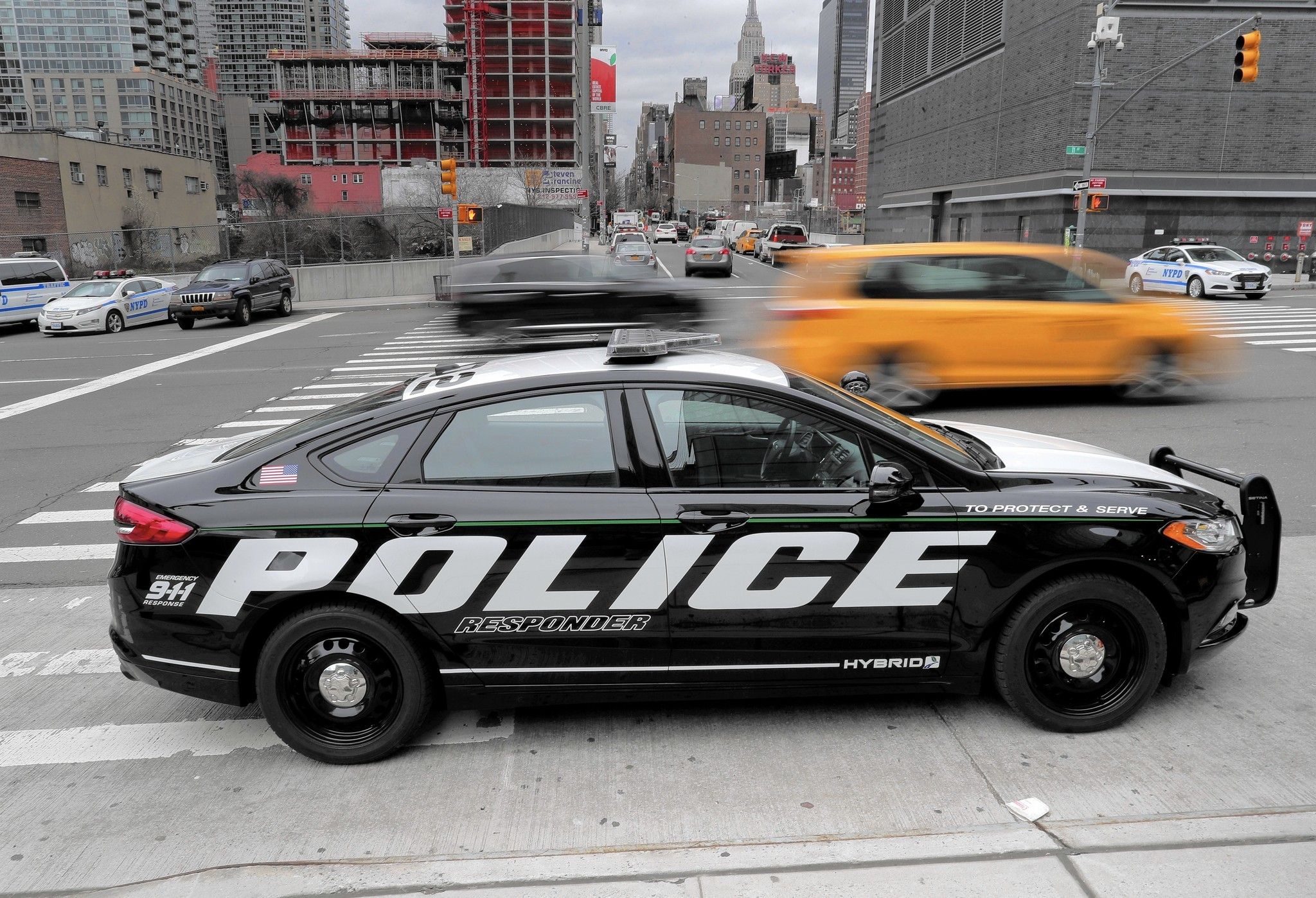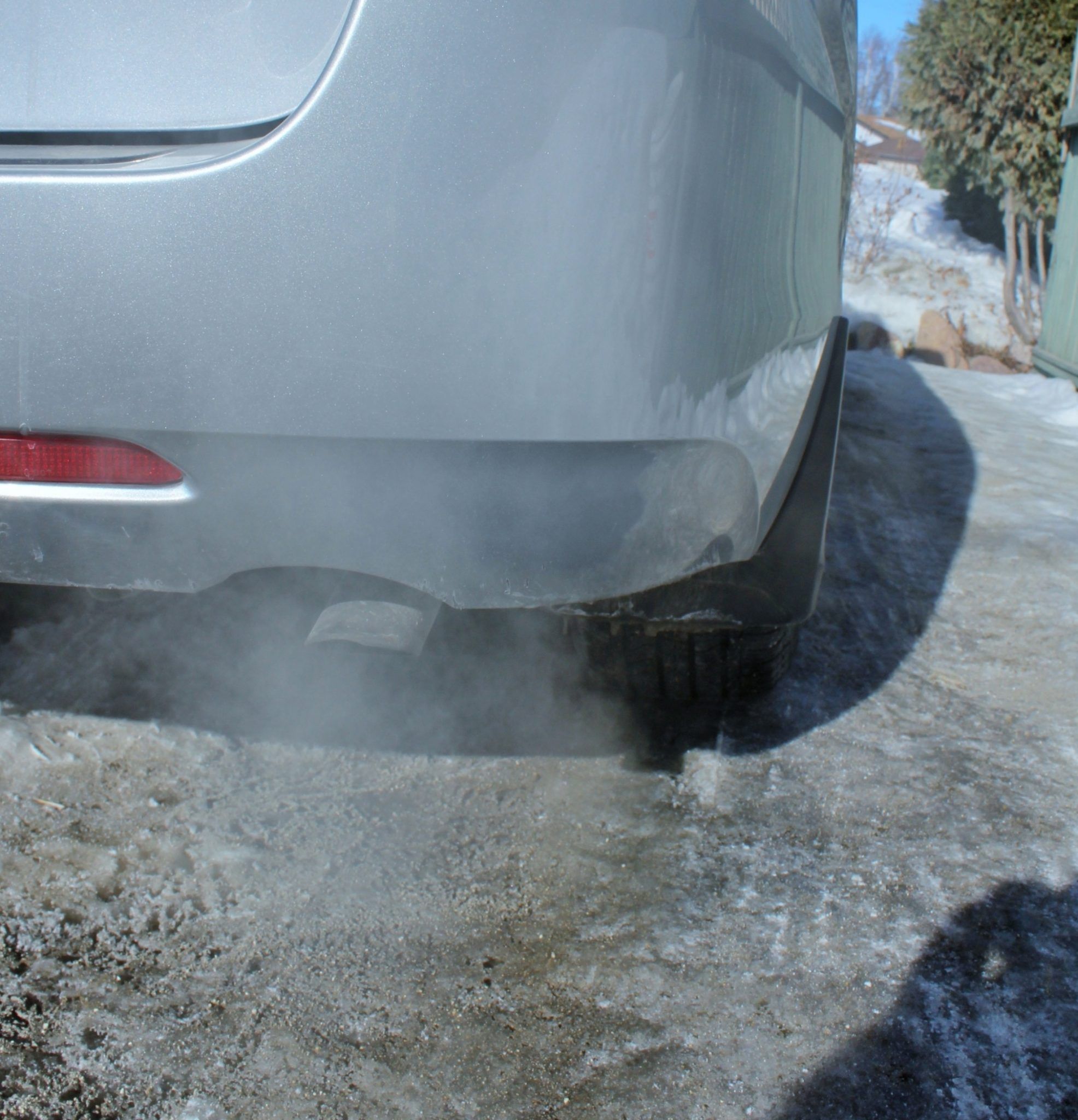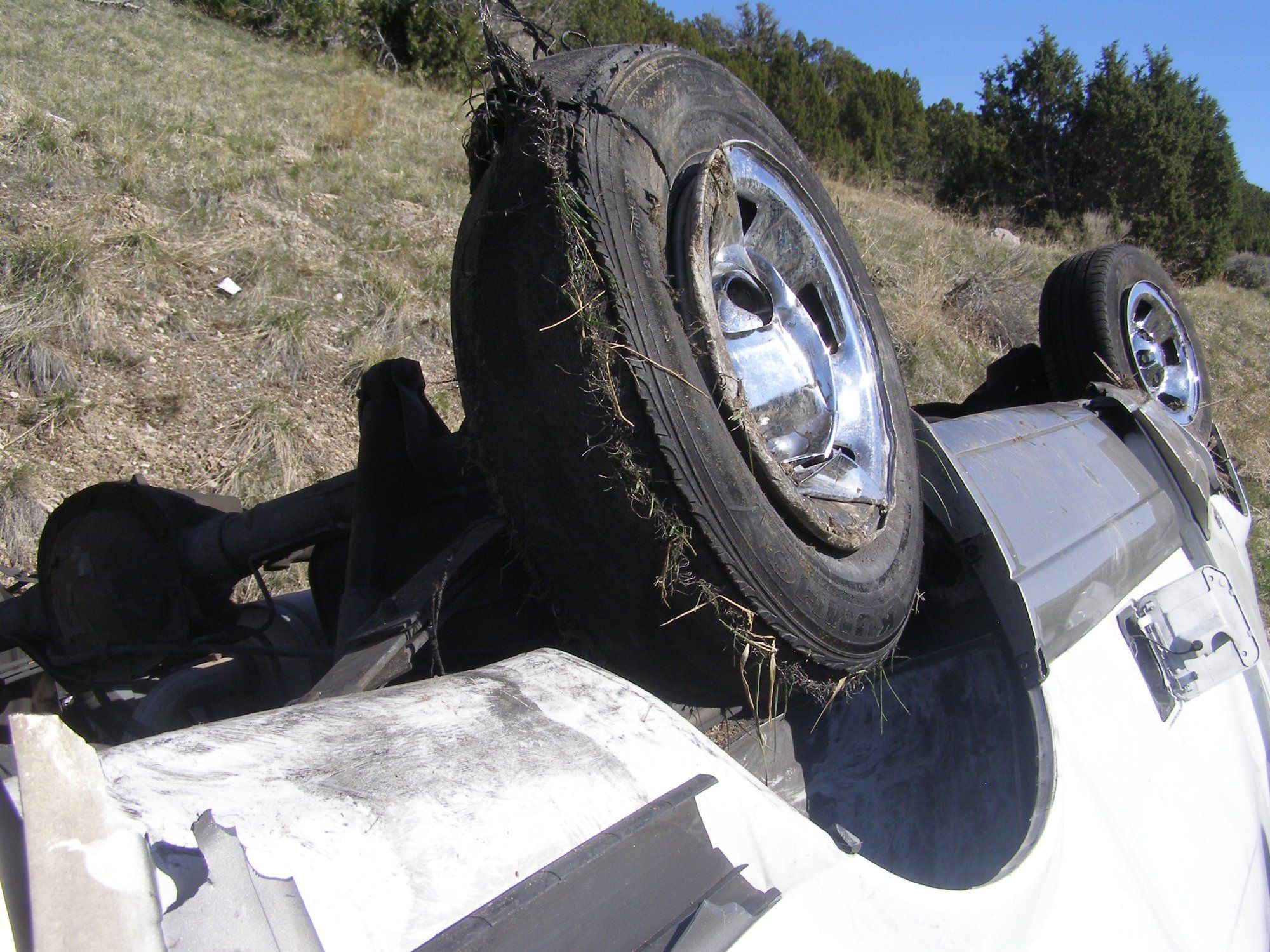For some reason, the motoring industry seems to attract more than its share of false rumors and fairy tales. Perhaps it is because cars are such an important part of our lives in the States, with 88% of Americans owning a vehicle.
Whatever the reason, there are some pretty entrenched motoring beliefs that have been long since debunked – and yet drivers still believe them. In fact, many of the most common automotive myths could end up costing you money, and some could even pose a danger to drivers who still believe in them.
It just shows that there is no substitute for doing your own research – on any subject! If someone tells you something about cars that you think sounds a little unlikely, trust your instinct and check out whether it is true or not. The internet can be a good source of information for debunking myths, but when it comes to vehicles, you can’t beat asking the experts, whether that’s your local mechanics, your insurance agent or even a reputable dealership. Watch out for dodgy dealers, however, who might repeat some motoring myths in a bid to try and sell you extras!
Check out the list below for some of the most common automotive myths, many of which are still believed by motorists around the world despite being totally debunked by the experts.
20 Hybrids Are Too Slow
Speaking of environmentally-friendly cars, the myth that both hybrids and electric cars are too slow is one that is slowly being blown out of the water by the development of new, sporty but green motors. The Tesla Roadster, for example, an electric car which is due to be launched in 2020, is reported to be able to accelerate from 0 to 60mph in under two seconds – numbers that stand up very nicely when compared to some of the fastest supercars on the market.
The McLaren P1 is a hybrid vehicle that also leaves many gas-powered rivals standing in its wake, accelerating from 0 to 62mph in 2.8 seconds. Even the good old Toyota Prius, one of the best-selling hybrid cars, can manage a respectable 0 to 60mph in 9.6 seconds.
19 American Cars Are Made In America
Many car manufacturers make a great fuss about their cars being “made in America”. Once upon a time, the US had a booming automotive industry, but in recent years, plants and factories have closed down, in favor of cheaper set-ups in countries around the world.
Even cars which are perhaps assembled in America can be made of parts which have originated from every corner of the globe. Or perhaps a few key components have been made in US factories, but are then sent abroad in order to be assembled.
The chances of your car being built, from beginning to end, within the States are very slim indeed. That doesn’t stop car companies like Ford and Chrysler still claiming that their vehicles are made in the USA, however.
18 Change Oil Every 3,000 Miles
The old myth that you have to change your vehicle’s oil every 3,000 miles was debunked some time ago. Car manuals are now starting to advise oil changes after 5,000 or even 7,000 miles, but the truth is that the way you drive your car dictates when you actually need to change your oil.
Drivers who only ever make infrequent, short journeys may have to change their oil more often; this kind of driving means that the oil never really gets a chance to heat up, which can lead to more wear and tear on the engine. However, if you make longer journeys on a daily basis, the oil in your engine will stay relatively warm, keeping your engine lubricated for longer without needing to be changed.
17 Old Cars Are Better
Anyone who believes that old cars are always better than new cars is living in the past; they probably decry the behaviour of the youth of today while reminiscing about the cars they had when they were younger.
The fact is that while some older cars have become classic collectors’ items, any vehicle made before the year 2000 is going to need some serious TLC just to survive.
Newer vehicles are simply more reliable than older cars, with better built engines and more comfortable and luxurious interiors. Some might argue they even look better, although that is more of a matter of opinion! If you want a car that is going to get you from A to B without any problems, buy a 21st century car.
16 Premium Gas = Premium Performance
Premium gasoline has been one of the great marketing successes of recent years, persuading millions of motorists to spend more on gas than they really need to. A study by the American Automobile Association (AAA) found that drivers who buy premium gas may notice a slight improvement in performance and fuel economy, but not enough to warrant the extra cost.
Some cars require premium fuel, so be careful to follow the instructions for your particular vehicle, while if you’re going to be using your truck for some heavy-duty towing, the extra boost from premium gas might just be worth the extra dollars. Don’t be fooled into spending too much at the filling station if you don’t really need to; for most of us regular old gasoline will do just fine.
15 Manual Transmissions Are Better For Fuel Economy
The battle between automatic and manual transmissions has been going on for decades, and there still isn’t any definitive answer as to which is better. However, when each side is trying to persuade the other that they are right, they do tend to employ some questionable facts and figures. One such myth is that cars with manual transmissions get better fuel economy.
That may have been the case in the past, but as the technology involved in cars with automatic transmissions has improved, so has their fuel economy, and there is now little difference between manual and automatic when you’re at the filling station. Times are changing, and maybe there will come a day when automatics get even better fuel economy than their manual counterparts.
14 Dangerous To Use Cellphones While Pumping Gas
Everyone has seen the scary notices at filling stations warning you not to use your cell phone – but why exactly can’t we make calls and send texts while we’re filling up? For a long time, it was understood that we weren’t allowed to use cell phones as they were a fire risk; it was believed that sparks from the devices could ignite petrol vapours and cause fires or even an explosion. However, there have been no such incidents anywhere in the world, so why are cell phones still banned on many forecourts? According to the companies which own filling stations, they are keen to discourage cell phone use, as distracted drivers could end up causing accidents while crossing from their vehicles to the cash desk.
13 Buy Gas In The Morning
Gas prices are on the rise, and everyone is looking for ways to save money on fuel. We are even willing to believe some crazy motoring myths in a bid to save just a few dollars at the filling station.
One rumor which has, for some bizarre reason, managed to persist despite all the evidence to the contrary is that you get better value for money if you fill up your car in the morning – the theory being that the gasoline will be denser in the cool of the morning (as liquids expand when they get warmer) getting you more bang for your buck later in the day. Unfortunately, while the science is correct, gasoline doesn’t expand and contract like other liquids, so this old wives’ tale is a load of nonsense.
12 Red Cars Are Pulled Over More Often
Red cars may look slick and sporty, but there are some rumors about drivers of red cars and what might happen to them. For example, there is a common misconception that if you drive a red car, you are more likely to get pulled over by the cops.
While drivers of certain makes and colors of car are more likely to be pulled over by police officers, red cars actually came second in a recent study, behind white cars and just ahead of silver and black vehicles.
When it comes to makes of car which are more likely to be pulled over, the Mercedes-Benz SL-Class was top of the table, with drivers 400% more likely to get a ticket. I guess the lesson from this study is that if you want a peaceful life, don’t buy a white Mercedes-Benz SL-Class.
11 SUVs Are Safer Than Cars
Thanks to their size, there is a perception that SUVs are always going to be safer than cars, should the worst happen and you find yourself involved in an accident. This automotive myth goes a long way towards explaining why SUVs are so popular with families, who obviously want to try and keep their kids as safe as possible all the time.
All vehicles, whether hefty SUVs or tiny compact cars, have many of the same safety features – airbags, air-lock brakes and even alarms warning drivers of an imminent collision. It’s a good job that SUVs are so safe, as figures suggest that they are more likely to be involved in accidents than many other types of vehicle; in addition, those big SUVs also pose a greater risk to other road users and pedestrians.
10 Wider Tires Means Better Performance
There are lots of adaptations you can make to your car to improve performance and there are lots of drivers who believe that getting wider tires fitted to your vehicle is one of those adaptations, despite the lack of supporting evidence.
Unless you’re planning on taking your vehicle on some serious off-roading expeditions, there is no real need to fit tires on your vehicle that are any wider than the ones they came with.
After all, car manufacturers want their vehicles to perform to the best of their ability, so they’re going to fit them with the optimum tires when they roll off the production line. Not only can wider tires be a costly and unnecessary adaptation, but they can be more dangerous on wet roads.
9 Raising Speed Limit Causes More Accidents
Speed limits are an important part of keeping our roads safe, and these limits are absolutely vital in built-up areas, where a reduction in speed of just 10mph could mean the difference between seriously injuring and killing a pedestrian in a collision.
Road safety campaigners always react with horror when plans are mooted to increase the speed limit, yet the evidence from a recent study in Denmark found that upping the limit could actually cut the number of accidents on our roads. A slight increase in the speed limit on rural roads led to traffic as a whole moving quicker, reducing the need for drivers to overtake, while the number of accidents on Danish motorways actually fell when they increased the speed limit from 68 mph to 80 mph.
8 All-Wheel Drive Essential In The Snow
More and more cars are sold these days with all-wheel drive, or four-wheel drive as it is sometimes known, as standard. While this certainly helps with road handling, some drivers seem to think that having AWD on your vehicle means that you don’t need to take any other precautions when driving in dangerous conditions.
However, while AWD does make it a little easier to drive in mild snowy weather, it won’t stop you from skidding or from getting stuck if the snow is deep enough – and it certainly won’t be much use in getting you out of a snow drift and back on your way! The only way to drive safely in bad weather is to get snow tires for your vehicle, whether your car has AWD or not.
7 Red Cars Cost More To Insure
And so we come to a second automotive myth about red cars! The first – that red cars are more likely to be pulled over by police – has been soundly debunked, and the same goes for the story that red cars will cost more to insure.
The truth is that very few insurance companies will even ask you what color car you are driving before offering you a deal; and if they do, it will only be to collect the data for their own information.
That doesn’t stop millions of Americans from believing it to be true. In fact, 53% of millennials and even 42% of college graduates still believe that drivers of red cars get stung by higher insurance costs despite all the evidence to the contrary.
6 Model T Fords Only Came In Black
Henry Ford is one of the most famous names in motoring, perhaps even in American history. His reputation as the father of the US motoring industry is well-deserved, though there is one myth about his early years which needs to be dispelled before a new generation of car lovers start to repeat it.
According to legend, Ford’s most famous quote stems from when he opened his first production plant and started building his famous Model T cars, when he is reported to have said “you can have any color, as long as it’s black.” A great quote and a great story – it just happens to be complete and utter nonsense! Ford Model T cars were actually available in a number of colors, including black, blue, brown, green and even bright red.
5 Cop Cars Are Faster Than Ordinary Cars
One common motoring misconception is that police cars have some secret powers that make them faster than ordinary cars on the road. This would make sense, as it would make it a lot easier for cops to chase down the bad guys, but sadly for law abiding citizens, it just isn’t true.
The vehicles used by police officers are pretty impressive, but they are no faster than the cars we all drive – and are a lot slower if you happen to own and driver a sports car!
Cop cars might not be faster, but the vehicles police departments choose for their officers are usually built with speed and handling in mind. Combine those factors with the advanced driving training which many officers go through, and you can understand why people think police vehicles have some sort of turbo setting.
4 Car Should Warm Up Before Driving
This next motoring myth is one of the most persistent on this list; the belief that cars need to be warmed up for a minute before you start driving is one that has been around for decades. And for decades, it has been totally wrong.
While it is true that cold weather affects fuel economy, the fact is that the best way to get your engine warmed up is to actually start driving. Idling the engine in the driveway will make little difference, and will only end up wasting both time and gas. Indeed, the only reason to start your car running before you start driving is to help clear the front and rear windscreen of ice, or to give your heating system a chance to get up and running!
3 Aluminum Can't Be As Strong As Steel
This particular myth stems from our perceptions of the two metals. After all, we all know how flimsy aluminum cans are. And steel is so strong that even Superman was nicknamed “Man of Steel.”
Of course, the aluminum used in car manufacturing is not the same as the aluminum which is used to make soda cans. Not only is the aluminum used to make car bodywork just as strong as steel, but it is also considerably lighter, increasing fuel economy.
In fact, the only advantage steel has over aluminum is that the lighter metal is more likely to scratch and corrode. Aluminum is even recyclable, which has long-term environmentally-friendly prospects for the car industry. Imagine driving an electric car made from a recycled gas guzzler?
2 All SUVs Are Rollover Risks
As we have already seen, SUVs aren’t necessarily as safe as everyone thinks they are. One of the main safety concerns with SUVs is that their extra height, and particularly their high centre of gravity, increases the chances that they are going to roll over if they are involved in an accident. But are all SUVs a rollover risk?
The truth, as you might expect, is a little more complex. This certainly was an issue in the past; while the rollover risk for ordinary cars involved in a single-car collision was about 10%, for SUVs it was at least 14%, and for some models could be as high as 23%. Modern SUVs, however, are fitted with electronic stability control which aims to prevent the vehicles from rolling over on flat surfaces.
1 Electric Cars More Likely To Catch Fire
Electric cars are increasing in popularity all the time, as their performance and reliability improves. Even motorists want to try and be environmentally friendly, and ditching your gas-guzzling SUV for an electric-powered compact is a good way to be kinder to Mother Nature. Some drivers remain unconvinced, however, that electric cars are either good enough or even safe enough to drive. One of the concerns is that electric cars are a fire risk.
Now, while there have been a few cases of electric cars catching fire, the simple fact is that cars which run on gasoline are much more likely to both catch fire and explode than any electric vehicle.
According to the National Fire Protection Association, drivers of gas-powered cars are five times more likely to experience a fire than those driving an electric one.
Sources: citylab.com, autotrader.com, motorists.org, consumerreports.org

